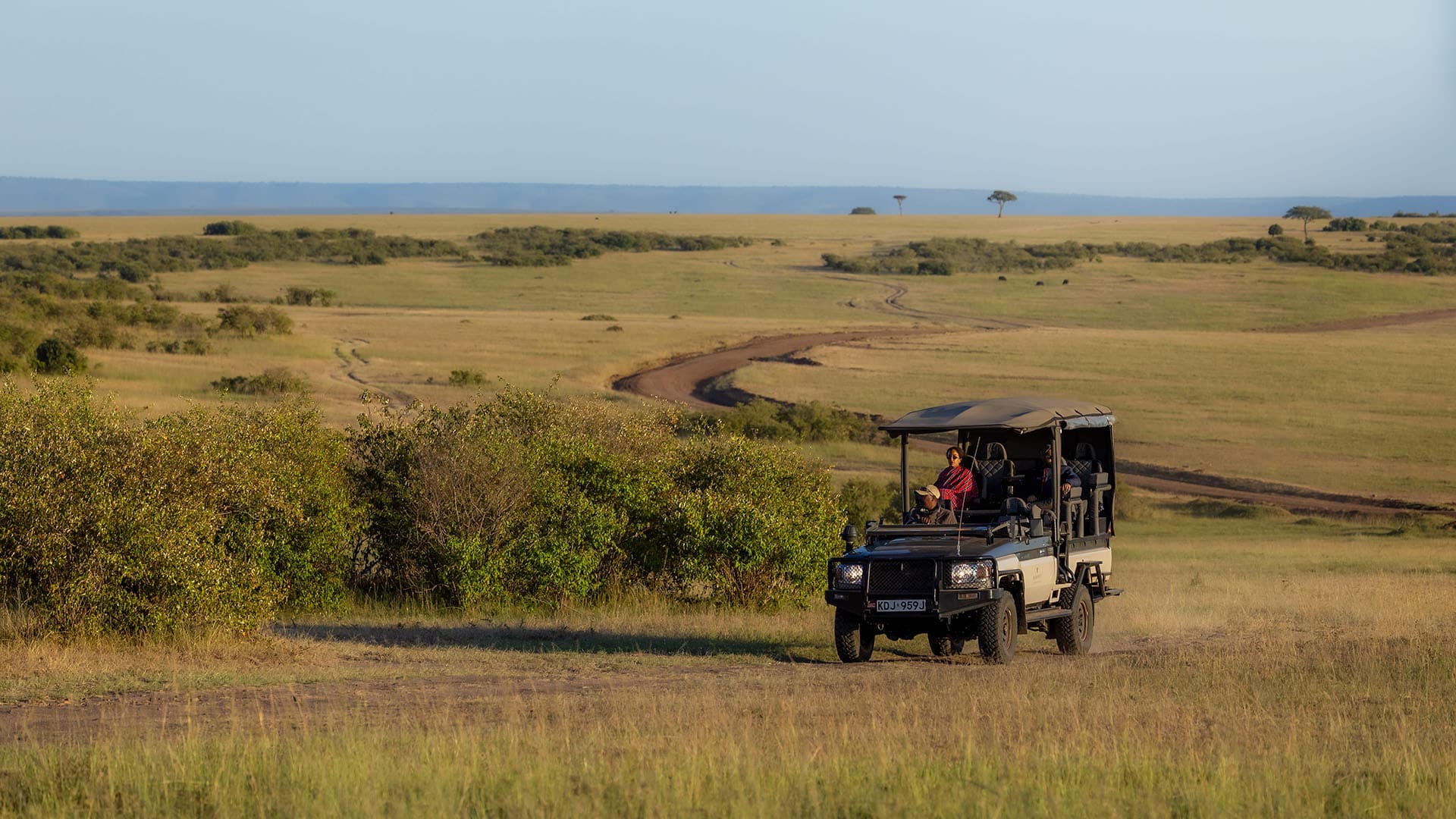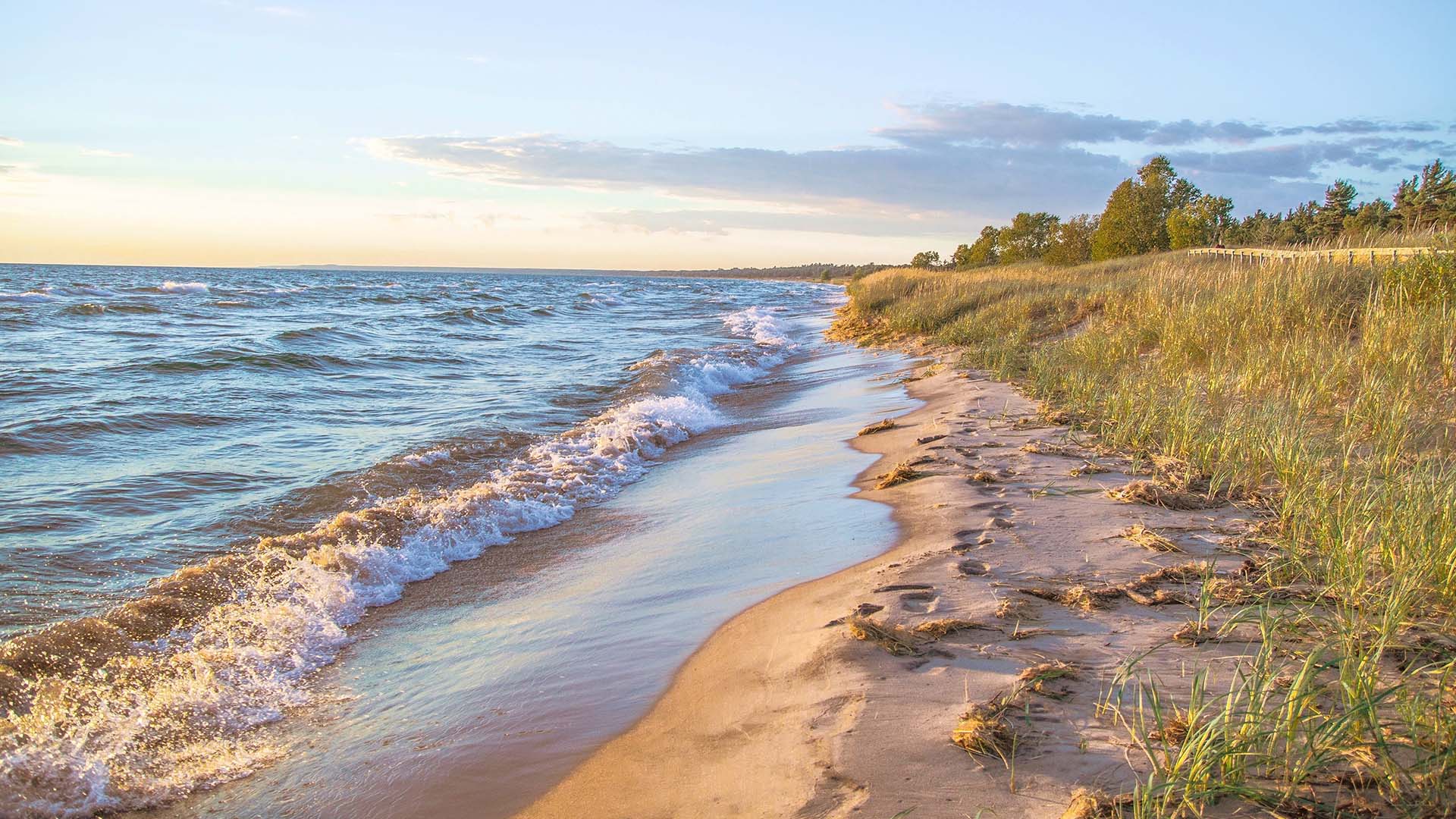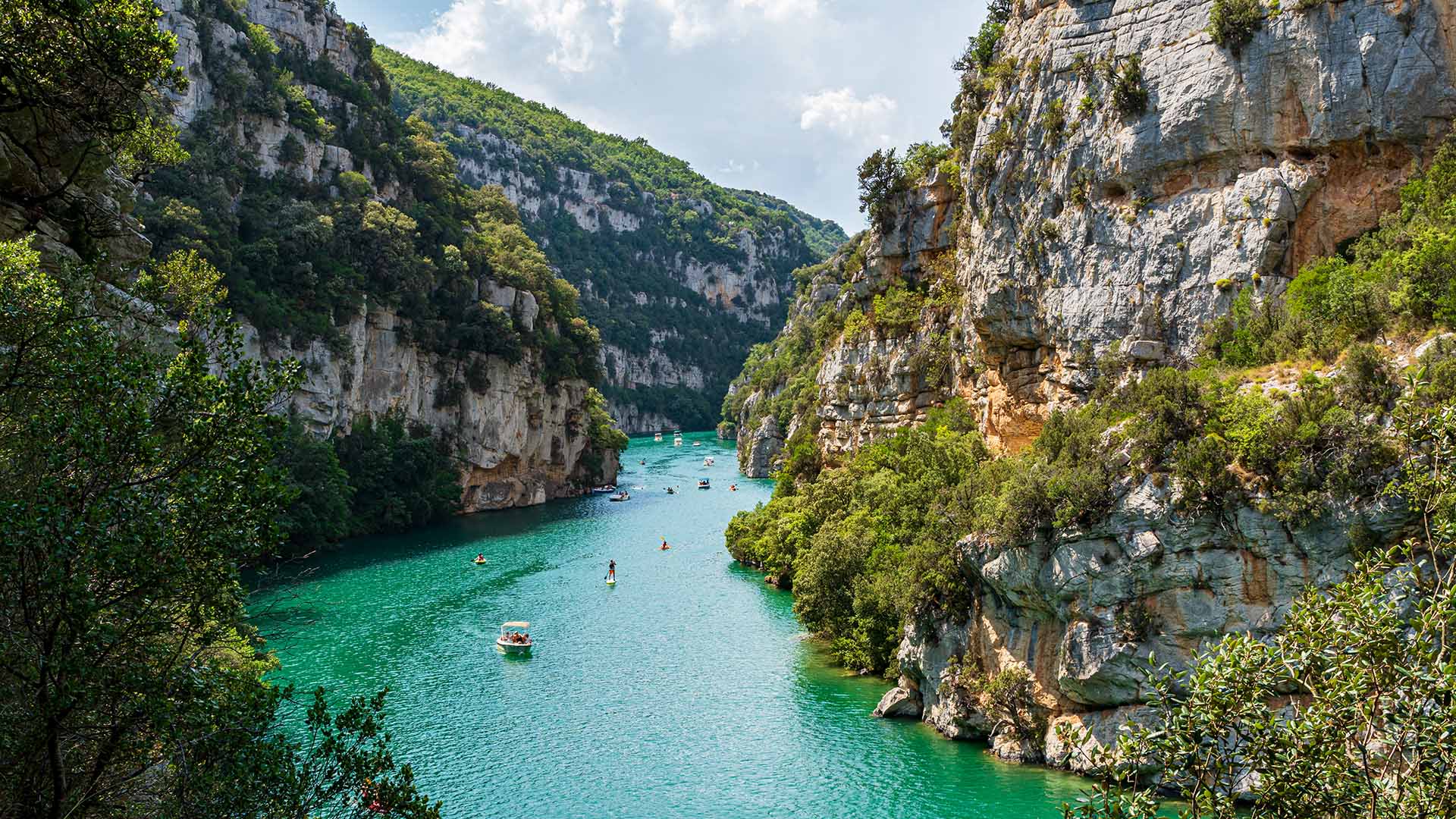
Take in the natural wonders of Europe’s largest canyon at Gorges du Verdon in France. (Photo: Getty Images)
Outdoors6 of Europe’s Must-See Natural Wonders That Deliver on the ‘Wow’ Factor
By Kiki DeereEurope has natural wonders galore. From France’s own ‘grand canyon’ to Italy’s ‘Caribbean’ beaches, here are six European destinations with major wow factor.
As always, check for travel guidelines and closures before planning your trip.
Bask on Sardinia’s Beaches instead of flying to the Caribbean
Lying three kilometers (1.9 miles) south of the Costa Smeralda’s exclusive Porto Cervo resort, Pevero is one of Sardinia’s most breathtaking spots, with white powdery sand lapped by shallow waters. The sea here is close to what you can find in the Caribbean, it’s often said — even if Tobago’s famous Pigeon Point beach is a mighty 7500 kilometers (4660 miles) away, over on the other side of the world.
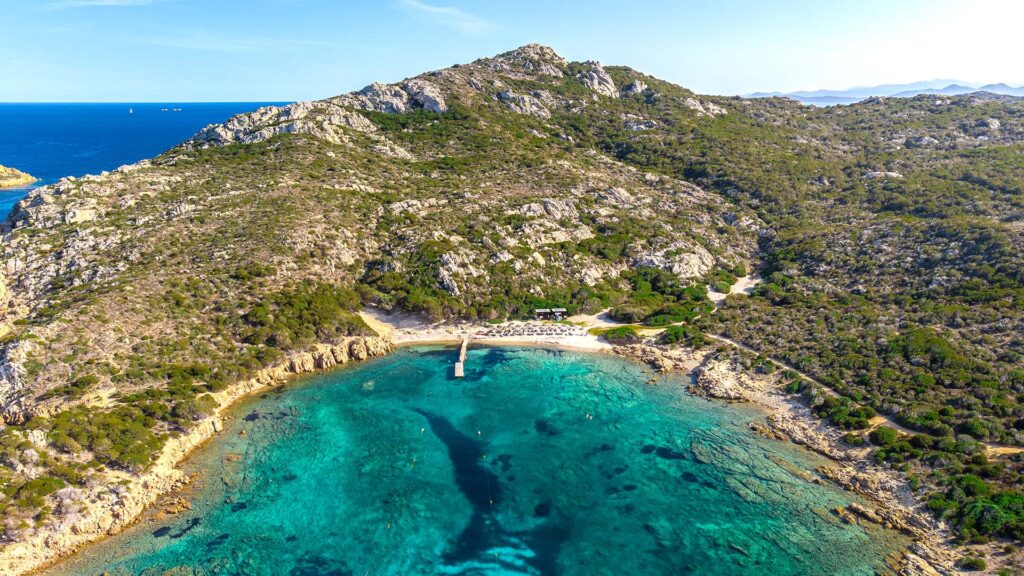
Pevero comprises two beaches — Grande Pevero and Piccolo Pevero — connected by a slither of sand. In summer, smart yachts bob up and down in the bay; beyond them, you can catch a glimpse of the Nibani Islands, a cluster of small islets and rocks.
Stretching out along one of Sardinia’s most beautiful coastlines, Hotel Cala di Volpe, a Luxury Collection Hotel, Costa Smeralda serves as the perfect base to explore Spiaggia del Pevero, one of Italy’s — and the world’s — most glorious beaches.
Tackle volcanic Mount Teide in Tenerife instead of Krakatoa and Fuji
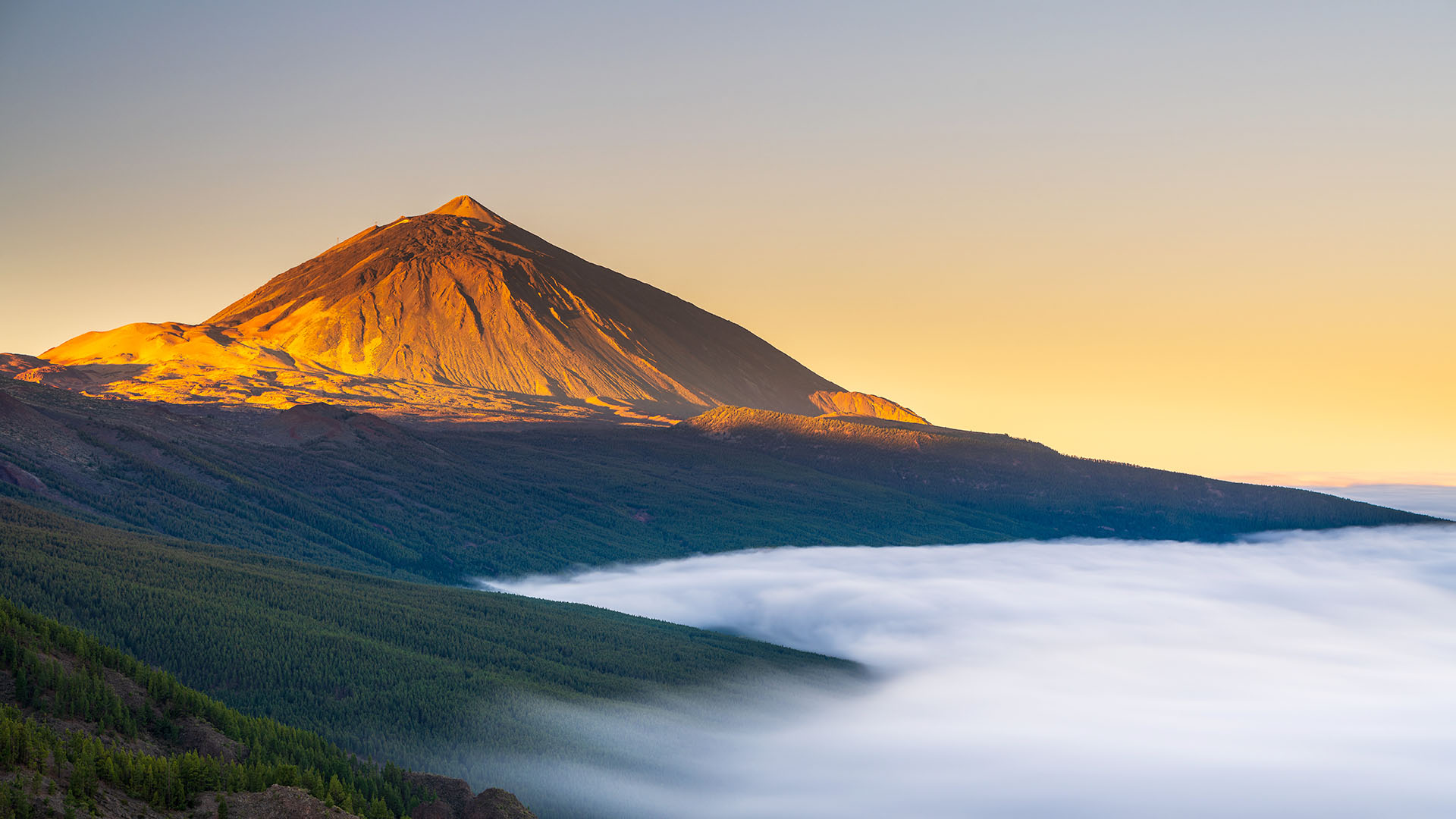
Mount Teide in Tenerife — Spain’s hidden gem of an island — is a magnet for keen hikers, who come for the unique, atmospheric terrain.
The extreme landscape — all craters and rivers of petrified lava — can be put down to Teide’s dual personality: it’s a mountain (the highest in Spain) and a volcano. Indeed, Teide is the third-tallest volcano on Earth — and although the likes of Indonesia’s Krakatoa and Japan’s Fuji are more famous, experiencing them entails a seriously long-haul flight. So spare a thought for Teide, which in silhouette looks like the quintessential volcano, its sides angling majestically to a peak that appears to be on the cusp of overflowing with lava (note: Teide is not expected to erupt anytime soon).
The exceptionally fertile soil here has given rise to a thriving ecosystem rich in vegetation and animal species, making Teide an especially vibrant place to explore. After a day’s trekking through Teide’s landscape of volcanic formations and ancient rocks, there’s no better place to unwind on Tenerife than the Spa at The Ritz-Carlton Tenerife, Abama, a soothing haven for aching muscles.
Discover France’s Own ‘grand canyon’ at the Verdon Gorge
Arizona’s Grand Canyon is inarguably the world’s most famous canyon, its dramatic, amber-hued vistas a magnet for photographers for some 150 years. Imagery of Europe’s deepest canyon may not be so ubiquitous, but the Grand Canyon’s long-distance relation, the Gorges du Verdon in France, has the same striking beauty.
Characterized by dazzlingly blue waters that meander through towering, rugged cliffs sprinkled with lush vegetation, the landscape is best appreciated from a pedal boat or kayak, allowing you to gently glide amidst awe-inspiring cliffsides. At the end of a day’s paddling, unwind at the spa and on the garden terrace restaurant of Renaissance Aix-en-Provence Hotel, a stylish property just a short drive from the glamorous French Riviera and convenient for the Gorge.
Walk the Travertines at Turkey’s Pamukkale instead of Bolivia’s salt flats
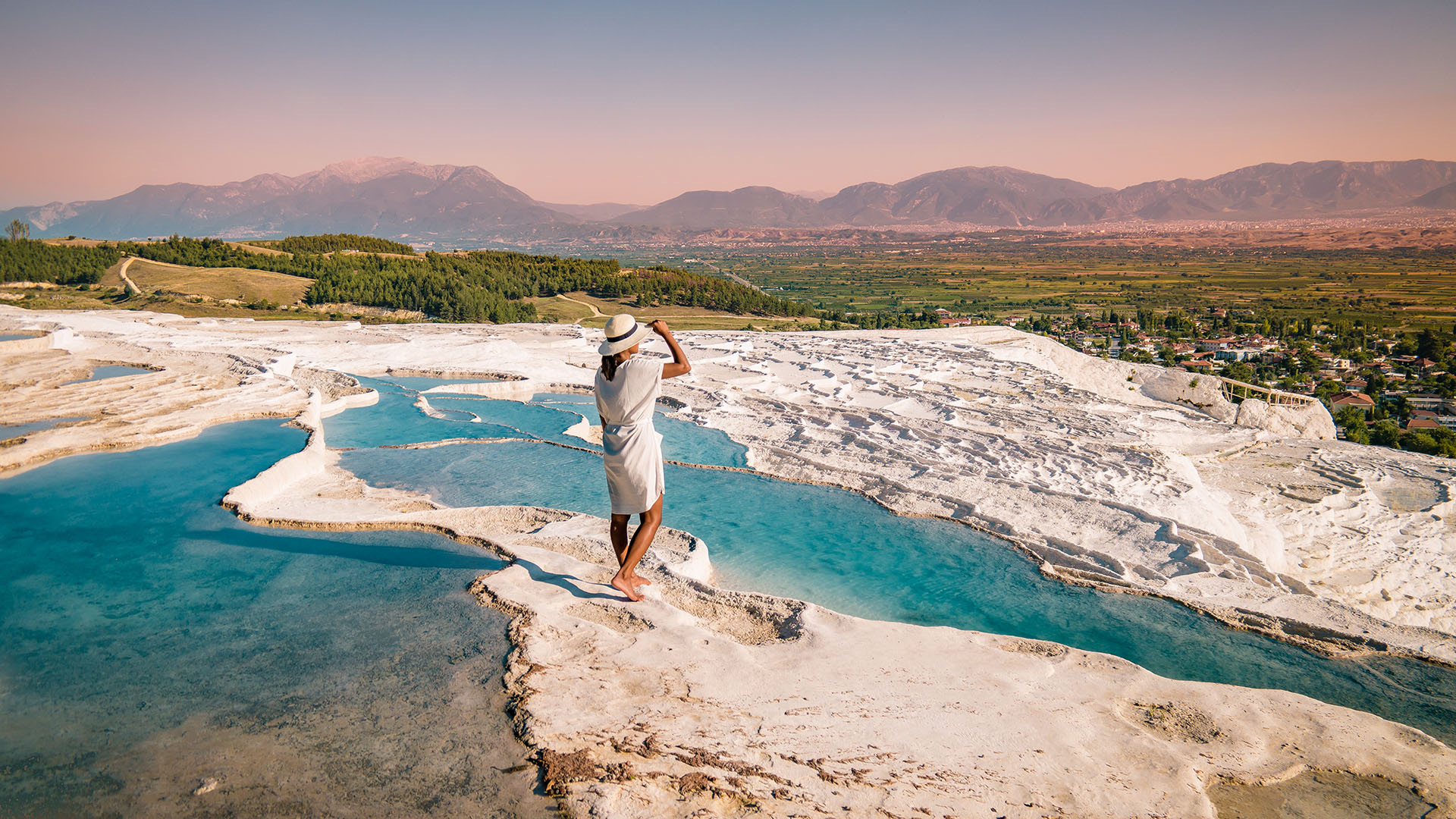
Bolivia’s Salar de Uyuni is the world’s largest salt flat, a dazzlingly white high-altitude landscape of rock formations interspersed with islands where llamas graze among towering cacti. It’s a striking sight — and Pamukkale in western Turkey, with its blindingly white terraces and shimmering limestone pools, is a fantastic alternative.
Translating as ‘Cotton Palace’, Pamukkale was once a magnet for travelers visiting Hierapolis, a Hellenistic spa town founded in the 2nd century BC. The area’s mineral-rich thermal waters have long been known for their healing properties; spring waters rise through limestone cliffs and gently cascade down white calcium-rich terraces of travertine rock. To this day, the ruins of Greco-Roman temples and baths pepper the area.
After experiencing the natural wonder that is Pamukkale, take a trip west to another: Turkey’s sparkling Aegean coast, home to the Izmir Marriott Hotel, an elegant spot offering fantastic sea views and a buzzing rooftop bar. By day, you can lounge by the swimming pool or indulge in a cocooning spa treatment – perfect to unwind after a day exploring Turkey’s natural wonders.
Hike a Glacier in Iceland Instead of Argentina’s Patagonia
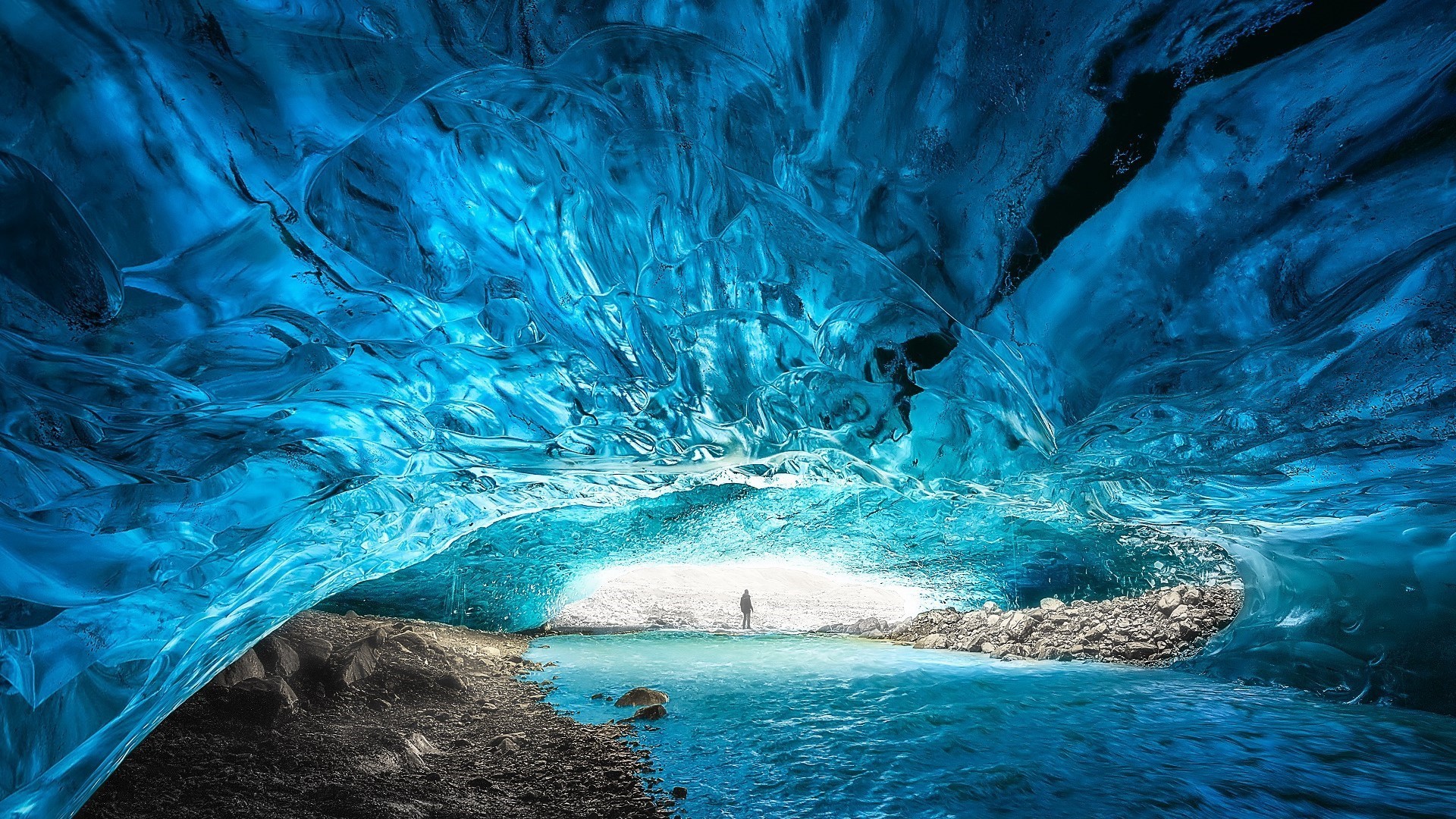
Patagonia’s jagged frozen landscapes attract hikers keen to get up close to some of the world’s most awe-inspiring glaciers. Watching huge blocks of ice collapse with a thunderously loud splash into the icy waters is a sight to behold — but there’s no need to travel all the way to South America to experience a glacier at first hand: Iceland has ice fields galore.
The country’s largest glacier, Vatnajökull, harbors several volcanoes under its ice cap, including Grímsvötn, a towering mountain that periodically erupts. Glacier hiking is a great way to experience the country’s icy landscape, trekking past crevasses, waterfalls and frozen streams, visiting natural ice caves along the way.
ION Adventure Hotel, Nesjavellir, a Member of Design Hotels has a fantastically remote location in Thingvellir National Park. It’s also a fabulous spot to marvel at the northern lights dancing across the night sky, an incredible night spectacle that is, along with a glacier hike, a highlight of any trip to the country.
Dive into Europe’s own rainforest — Bosnia and Herzegovina’s Percućica — instead of the Amazon
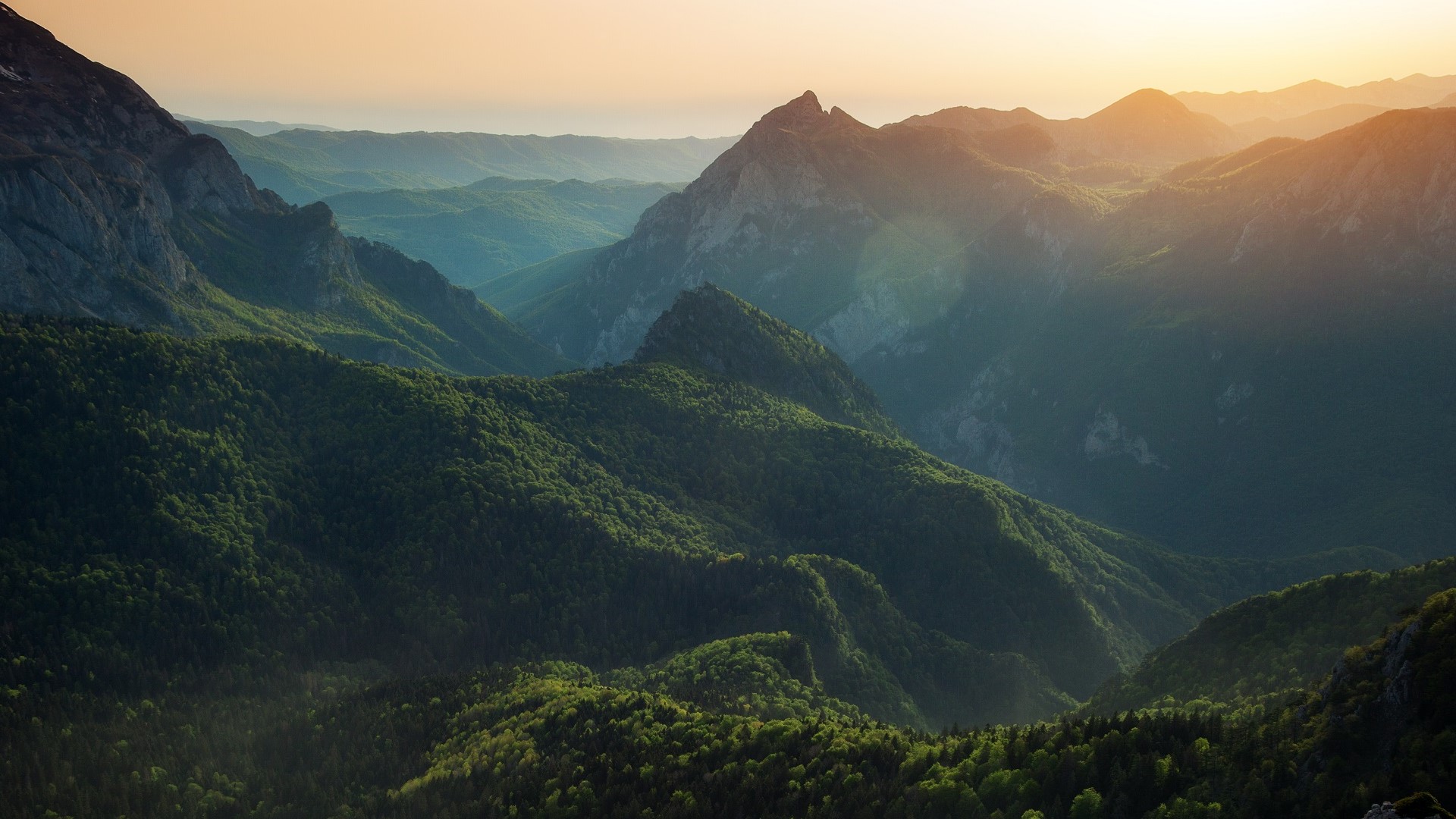
As the world’s largest tropical rainforest, the Amazon has one of the most biodiverse ecosystems on Earth. It’s home to ten percent of the world’s wildlife species, with endemic flora and fauna inhabiting the rainforest and the Amazon River’s hundreds of tributaries and waterways.
If the Amazon is ‘the lungs of the world’, Bosnia and Herzegovina’s Perućica is surely ‘the lungs of Europe’. Part of Sutjeska National Park, Perućica is one of Europe’s last remaining primeval forests, thought to be about twenty thousand years old. This strictly protected area harbours exceptionally rich vegetation, with over 170 species of trees and bushes, including fir, spruce and subalpine beech trees, as well as mountain maples. It has a rich diversity of animal life too, with bear, roe deer, wild boar and wolves inhabiting the area, along with numerous species of birds, mammals, amphibians, reptiles and fish.
With its welcoming communal area adorned with contemporary works of art, the Courtyard Banja Luka serves as the perfect base to explore one of Europe’s last remaining wildernesses.






